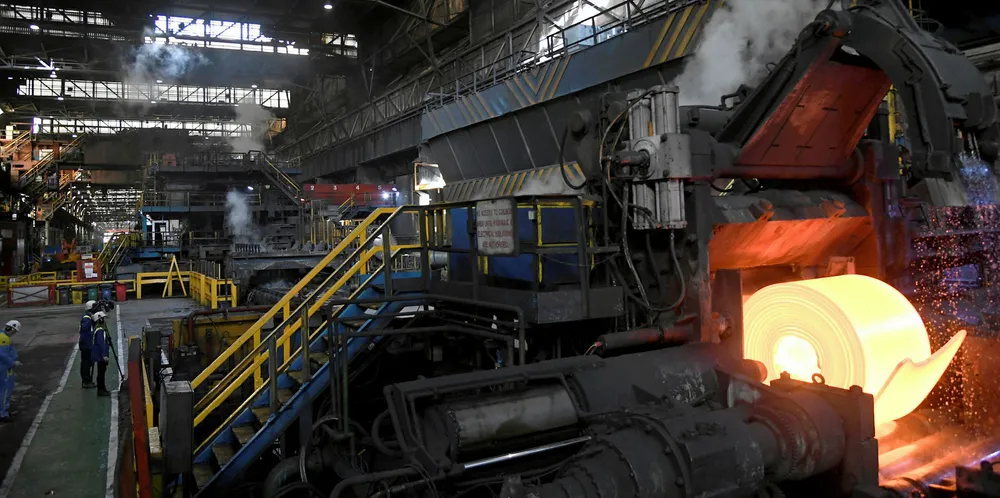‘World first’ as hydrogen used to power commercial steel production
Trial at a commercial steel mill in Sweden shows that clean-burning H2 can replace the fossil fuels currently used to produce high-temperature heat

Trial at a commercial steel mill in Sweden shows that clean-burning H2 can replace the fossil fuels currently used to produce high-temperature heat
